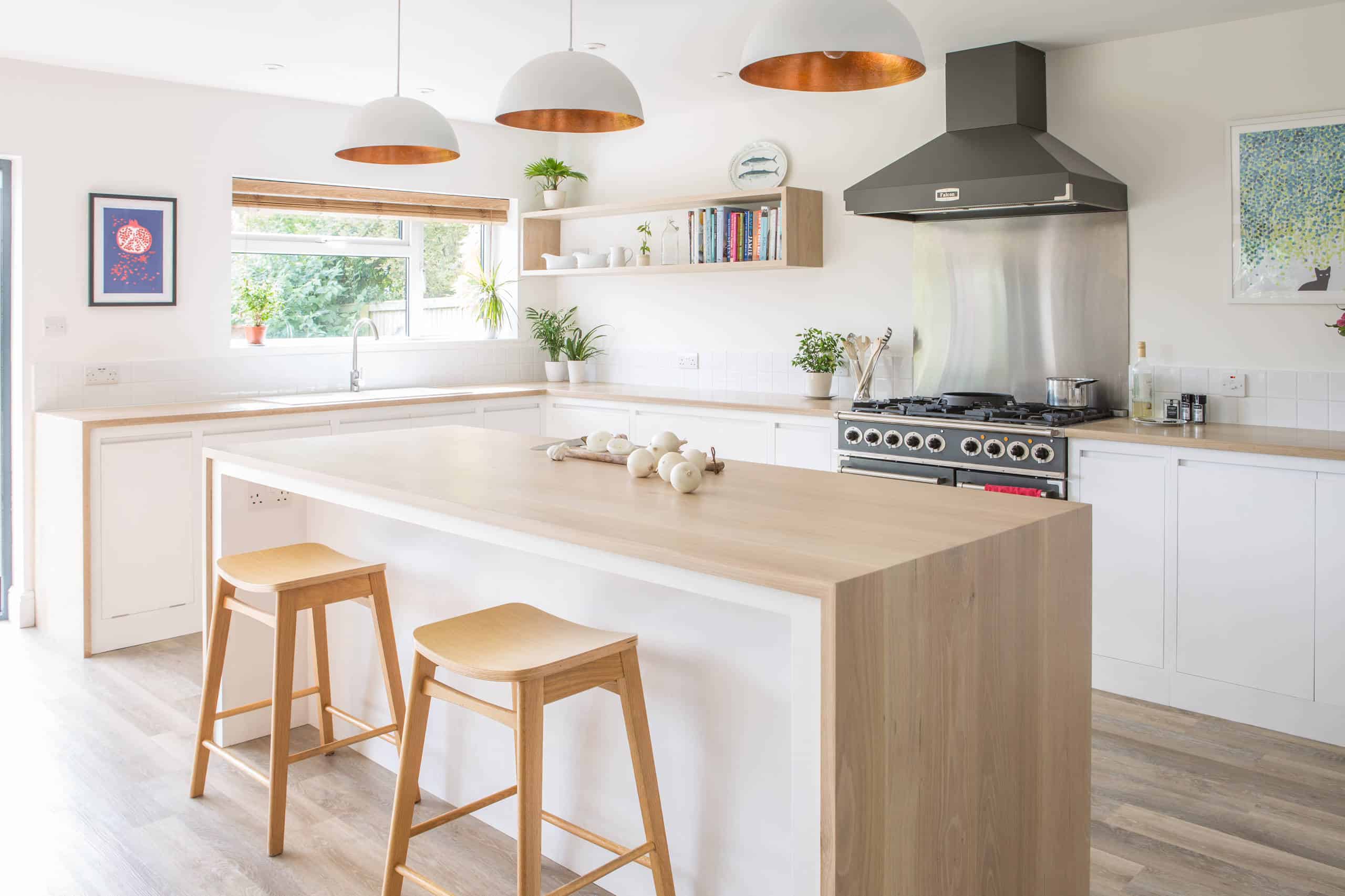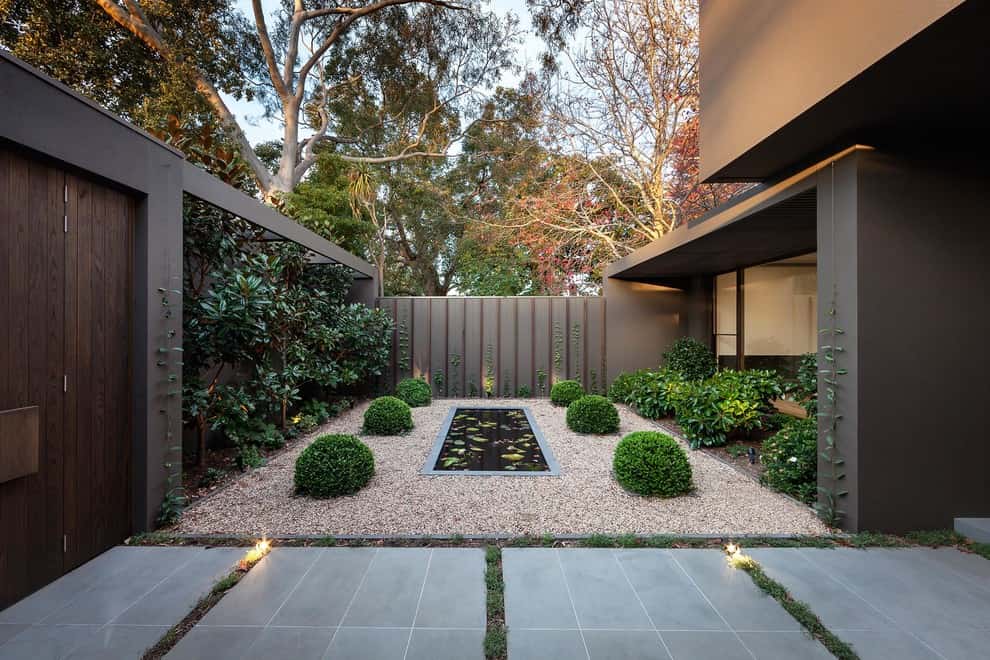Table Of Content

The play of light and shadow on minimalistic Japandi decor items—be it a vase or a piece of Japandi wall art—creates a dynamic yet harmonious effect. In Japandi-style living rooms, I usually opt for low-profile furniture, clean lines, and a neutral color palette. Timeless and simplistic, Japandi style sets the pace of your living space. Earthy and organic, craftmanship in your decor can shine through due to the pared-back ethos of not overcrowding your space with objects or tons of color. Ahead, learn why interior designers will continue to sing their praises of the over a century-old style.

What is Japandi style?
Japandi style interiors also are a bit more earthy than Scandinavian ones. Creamy white and pale grey hues complement the light wood furniture in the room, where the main light source is a bespoke cone-shaped lantern. This was designed in washi paper by Japan's Kojima Shouten, which has been making lanterns for over 230 years. It features pared-back styling, precise craft and natural materials – qualities that have long been central to the design traditions of Japan, and the Nordic countries, particularly Denmark and Sweden. It is very common to see pillows, cushions, and woven throws as well as woven straw in Japandi style.
Small Space, Big Impact: Maximizing Plant Use in Compact Interiors
A neutral theme of creams, greys, and whites is maintained throughout the home, with light wood furniture providing the ultimate Japandi finishing touch. With a focus on craftsmanship, Japandi spaces often showcase well-made, timeless pieces that are both beautiful and functional and not always perfect. Japandi design is also inherently sustainable and eco-friendly which I love, so by embracing this design style, you’re supporting a more environmentally conscious and responsible way of living. Most people tend to use soft and warm Japandi lighting styles (try to backlight certain pieces of furniture or corners of your rooms, rather than using main, overhead fixtures), plush textiles, and inviting seating arrangements.
Architect-designed furniture
Is Japandi still on trend? - Homes & Gardens
Is Japandi still on trend? .
Posted: Sun, 25 Feb 2024 08:00:00 GMT [source]
"I just like the really minimalist style," says Amelia, a woman in her 40s who lives along the coast near Sydney. She learned about Japandi on TV last year and decided to adopt the style for her home's interior, having purchased about 20 such products so far. The Pantechnicon Store in London was renovated by the architecture firm Farrells for almost five years. Wooden detailing, green plants, as well as a Nordish restaurant and a Japanese cafe create a space that is deeply influenced by Scandinavian and Japanese culture. Savannah Sher started writing for BobVila.com in 2020 and has worked as a content writer since 2016. She specializes in home and gardening but also covers lifestyle, beauty, fashion, and pop culture for other publications.
Neutral Color Palette
For example, you may choose to incorporate a darker color palette full of stones and dark wood to embrace a bit more of the Japanese style, or go lighter if you want more of a Scandinavian flare. Now, fuse that idea with the Japanese notion of "wabi-sabi," or the idea that there is beauty in imperfection, and you create the design marriage that is Japandi. Japanese and Scandinavian design styles work so well together because they are both rooted in minimalism and comfort.
Are two tone kitchens going out of style?
She is a creative strategist who conceptualizes digital franchises and partnerships that draw readers to take a second look. In addition to House Beautiful, her work has been published in Cosmopolitan, Byrdie, Snapchat, and more. If you're hoping to achieve this aesthetic, begin to draw back the curtain and let the light in.

Use of Natural Materials
The room's beige sofa with a wooden frame evokes functional Japanese furniture. To truly adhere to the rules of Japandi, think of colours that are present in nature. Both styles—Japanese and Scandinavian—embrace the philosophy of less is more, so naturally so does Japandi. Very few works of art on the walls, soft and zen style of decoration, few vases or ceramic ornaments and carefully chosen craft decoration are recommended for homes.
The richer (but still neutral) colors of Japanese design help to keep the stark, crisp palettes of Scandinavian homes from feeling clinical or cold. Whereas Japanese design places a strong emphasis on natural materials and simple lines, Scandinavian design brings in homey, handcrafted furnishings and textiles. As Wijaya notes, though Japandi includes many elements of wabi-sabi philosophy, it encompasses more than just this. “Wabi-sabi is based on traditional Japanese aesthetic and world view philosophy, while Japandi is the design movement consisting of both Japanese wabi-sabi and Scandinavian hygge philosophy,” she explains.
Our collections range from the heartwarming intimacy of a family gathering to the sophistication of chic social evenings. Find your signature piece today—your home is waiting to meet its match within our collections.Create, elevate, celebrate - your home awaitsIn a world of fleeting trends and ephemeral interests, our furniture stands as a beacon of permanence. It's an open invitation to create spaces that resonate with personal storytelling, to elevate every corner into a realm of warmth and celebration. Explore our range, and we’re certain you’ll find something that's more than just a piece of furniture—it's a piece of home. In an era defined by constant noise and clutter, there exists a longing for simplicity, tranquility, and harmony within our living spaces. The fusion of two distinct yet complementary design philosophies – Japanese and Scandinavian – has given rise to a captivating aesthetic that resonates with those seeking balance and serenity in their homes.
A rough-hewn wooden side table is reminiscent of traditional Japanese joinery, while the vintage Cleopatra daybed by Dutch designer Dick Cordemeyer for Auping adds a northern European design piece that perfectly matches the home's Asian influences. The overall soothing ambiance it provides is welcoming and can create a sense of calm even after a hectic day. Inviting guests over in a tranquil setting that promotes their well-being can also make entertaining feel zen. Simply, pop the open the dishwasher and enjoy an evening of relaxation when the party is over. The Aman in New York City, L/Uniform’s store in Saint Germain, as well as Roman and Williams’s RW Guild and Gallery, which specializes in showcasing products from Japanese and Scandinavian artisans. Weekly updates on the latest design and architecture vacancies advertised on Dezeen Jobs.
Lime-washed walls and a dark-wood island embrace a Japanese ethos in this kitchen designed by Wijaya. To better understand Japandi style, consider the defining elements of the two styles it pulls from. One of the bedrooms in a Japandi-style home Wijaya designed features closet doors inspired by Japanese landscape paintings. From tables to seating, change up your vibe with new dining room designs.
There has been an increased interest in east-meets-west design, with an emphasis in the aesthetic applied in California interiors. But as more designers step away from regional design, Japandi style is being brought in for its love of nature, sleek spaces, and calm. Look for furniture that can serve more than one purpose; for example, a stool that can serve as a side table or sofas that have built-in storage. Prepare to organize your knick-knacks (it's time to declutter!) and find the beauty in less, so each featured item in your home has a purpose. Japandi can be incorporated into homes through touches of nature, such as furniture or decor pieces made of knotty, raw wood in a warm color palette.
Bare branches and dried flowers add an organic touch to the interiors, which also tend to feature an abundance of wood – a material used in both Japanese and Scandinavian interiors. So go ahead—invest in a Noguchi lamp, a sleek wooden table, and some wabi-sabi pottery. “I see Japandi as two very distinct minimalist styles that are married harmoniously,” AD100 designer Brigette Romanek adds. A Japanese paper lamp from designer Isamu Noguchi's Akari range stands on a wood-burning stove stacked with logs, Scandinavian-style. Thin blue ombre curtains evoke the traditional craft of Japanese indigo-dyeing, or aizome, while sturdy wooden room dividers nod to Scandinavian mid-century modern design.










